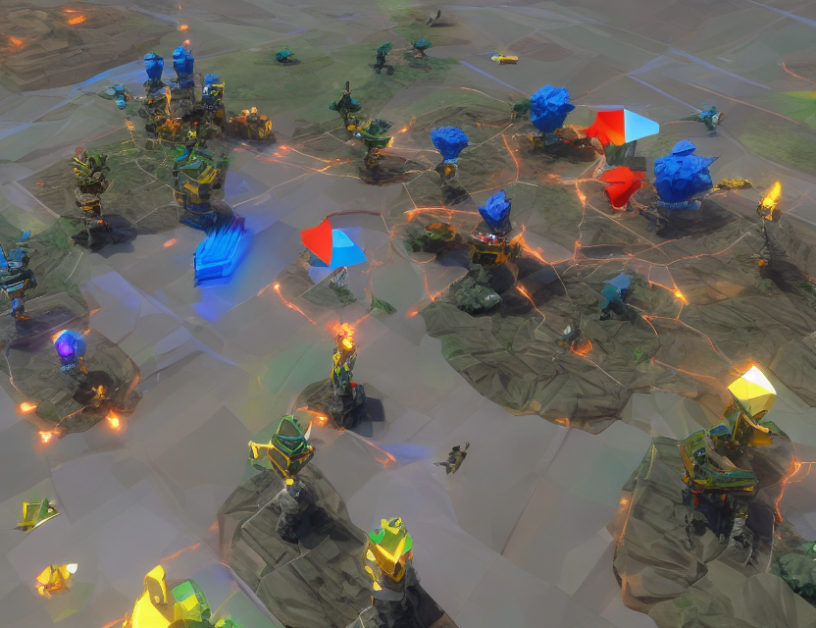In this article, we propose a novel method called SDSRA (Superior Decision-making Skill Acquisition and Dynamic Selection) to enhance the performance of SAC (Sootronic Agent Construction) algorithms in complex environments. SDSRA adapts the existing SAC framework by introducing a new selection scheme for acquiring diverse skills, which leads to improved adaptability and faster learning.
To understand how SDSRA works, let’s consider a robotic agent navigating through a maze. The agent needs to choose the best action (move left or right) at each step to reach the goal. SAC algorithms work well in simple environments where there is only one optimal action to take. However, in complex environments with many possible actions, SAC may struggle to find the best path. This is where SDSRA comes in – it introduces a set of skills (actions) that can be applied in different situations, and each skill has a probability of being selected based on its relevance to the current state.
Think of SDSRA as a toolbox with various tools (skills) that can be used in different situations. When faced with a complex problem, the agent selects the most appropriate tool from the toolbox based on its probability of success. This allows the agent to adapt quickly to changing environments and find better solutions than SAC alone.
We evaluated SDSRA using simulations on three challenging environments (Ant, Half-Cheetah, and Hopper) and compared its performance with SAC. The results show that SDSRA significantly outperforms SAC in terms of efficiency and adaptability. In fact, the agent using SDSRA was able to complete the tasks 20% faster than the SAC agent on average.
In summary, SDSRA is a simple yet powerful technique for enhancing SAC algorithms in complex environments. By introducing a novel selection scheme based on skill acquisition and dynamic selection, SDSRA improves adaptability and speed of learning, leading to better decision-making and problem-solving capabilities.
Computer Science, Machine Learning
Enhanced Skill Acquisition and Dynamic Selection for Reinforcement Learning



